MOOCs: Course Completion is the Wrong Measure of Course Success
EdTech entrepreneur Donald Clark explains why MOOCs need to move beyond course completion rates as the metric of how successful a MOOC has been.
This is a guest post from Donald Clark. It was originally published here.
Donald Clark is an EdTech entrepreneur. He was CEO and one of the original founders of Epic Group plc, which established itself as the leading company in the UK online learning market. It was floated on the stock market in 1996 and sold in 2005. He is an award winning speaker at national and international conferences, and he has delivered keynotes in Europe, the United States, Africa, Australia, and the Middle and Far East.
In a fascinating survey using Canvas which was taken at the start of the University of Derby’s Dementia MOOC, 775 learners were asked whether they expected to fully engage with the course. Four hundred and seventy-seven learners said yes, but two hundred and fifty-eight learners stated that they did NOT INTEND TO COMPLETE the course. This showed that people come to MOOCs with different intentions. In fact, around 35% of both groups completed the course, which is a much higher level of completion that the vast majority of MOOCs. They bucked the trend.
It is a category mistake to describe people who stop at some point in a MOOC as “dropouts.”
Now much is made of dropout rates in MOOCs, yet the debate is usually flawed. It is a category mistake to describe people who stop at some point in a MOOC as “dropouts.” This is the language of institutions. People drop out of institutions — “university dropouts” — not out of open, free, and online experiences. I’m just amazed that 40 million have dropped in.
False starters are common in the consumer learning market.
So let’s go back to that Dementia MOOC, where 26.29% of enrollees never actually did anything in the course. These are the window-shoppers and false starters. False starters are common in the consumer learning market. For example, the majority of those who buy language courses never complete much more than a small portion of the course. And in MOOCs many simply have a look, often just curious; others want a brief taster, just an introduction to the subject or some familiarity with the topic. Further into the course, many find the level inappropriate or, because they are NOT eighteen-year-old undergraduates, find that life (job, kids, and so on) makes them too busy to continue the course. For these reasons, many, myself included, have long argued that course completion is NOT the way to judge a MOOC (Clark D. 2013, Ho A. et al, 2014; Hayes, 2015).
Course completion may make sense when you have paid up front for your university course, and have made a huge investment in terms of money, effort, moving to a new location, and so on. In open, free, and online courses there is no such commitment, risk, and investment. The team at Derby argue for a different approach to the measurement of the impact of MOOCs, based not on completion but on meaningful learning. This recognizes that the diverse audience want and get different things from a MOOC, and that this has to be recognized. MOOCs are not single, long-haul flights, but rather they are more like train journeys where some people want to get to the end of the line but most people get on and off along the way.
The team at Derby argue for a different approach to the measurement of the impact of MOOCs, based not on completion but on meaningful learning.
Audience age
Here’s two sets of data from the Derby Dementia MOOC and the six Coursera MOOCs delivered by the University of Edinburgh. It is clear that MOOCs attract a much older audience than the average campus student.
This is important, because older learners are far less likely to want pieces of paper and certification, or to bother that much about not completing the full diet of content.
Audience mix
We are also seeing a drift away from the initial graduate-only audience. There is still a skew towards graduates, but this is because these are the early adopters and almost the only group who know that MOOCs exist. Only now do we see some serious marketing targeted at different audiences from MOOC providers, and this is starting to have an effect. Indeed, the majority of participants (55%) in the Dementia MOOC are not university graduates.
Audience motivation
Now here’s an interesting thing: a point often forgotten in MOOCs — learner motivation.
This compares well with the Edinburgh data.
The bottom line is that people who do MOOCs really want to learn. They are not largely motivated by pieces of paper, or even by completion.
Conclusion
As MOOC audiences are different from traditional HE students, and as their audiences change in terms of age, background, and motivation, the more likely it is that MOOCs will have to respond to these new audiences and not mimic university semester courses. The team at Derby have already suggested an alternative set of metrics for measuring the success of a MOOC. They’re right. It’s time to move beyond the boring, repetitive questions and words we hear every time the word MOOC is mentioned – dropout, graduates only …
Bibliography
Hadi, S. Gagen P. New model for measuring MOOCs completion rates. Presentation at European MOOCs stakeholder summit.
You can enroll for the University of Derby Dementia MOOC here.
And more MOOC stuff here.
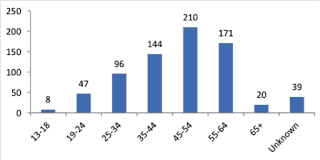
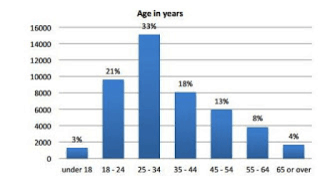
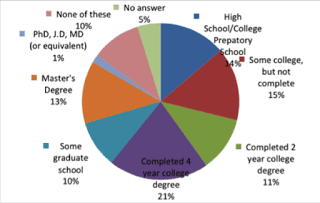
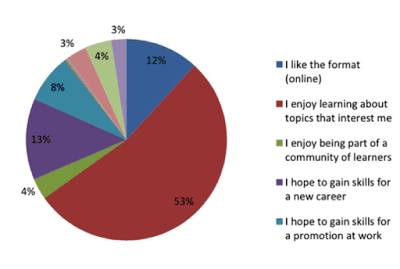
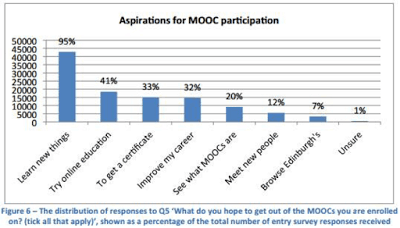






Muvaffak GOZAYDIN
A regular class size is 100 students.
If a MOOC class has 200 completion then it is a success.